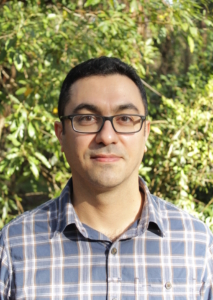Date & Venue
Friday, 31 August 2018, 10:30AM
EF122
Abstract
Lithography is the process of selectively exposing optically sensitive materials during semiconductor fabrication. One issue with standard projection lithography is the high cost of infrastructure and mask sets. These costs may be prohibitively expensive for prototyping and low-volume production. Scanning-beam lithography methods are attractive alternatives to projection lithography for low-volume applications. These methods include scanning electron-beam, ion-beam, and scanning optical lithography. This thesis aims to maximize the resolution of scanning lithography
methods by model-based optimization of the exposure pattern. Scanning laser lithography is used as an example process; however, the proposed methods are applicable to a wide range of serial fabrication processes. The exposure pattern in a scanning lithography system describes the energy delivered versus the spatial coordinates. For a positive photoresist areas that receive an exposure dosage above a threshold are dissolved during development. The surface dosage is described as a two-dimensional convolution of the exposure pattern with the beam profile.
Speaker Biography
Dr Omid Tayefeh-ghalebeygi received the BE degree in electrical engineering from Urmia University, Iran in 2008. He received his MSc degree in electrical and telecommunication from Istanbul Technical University (ITU), Turkey in 2013 and his PhD degree in electrical engineering from the University of Newcastle in 2018. Dr Tayefeh-ghalebeygi is interested in probe-based near-field lithography, modelling, and optimization.
